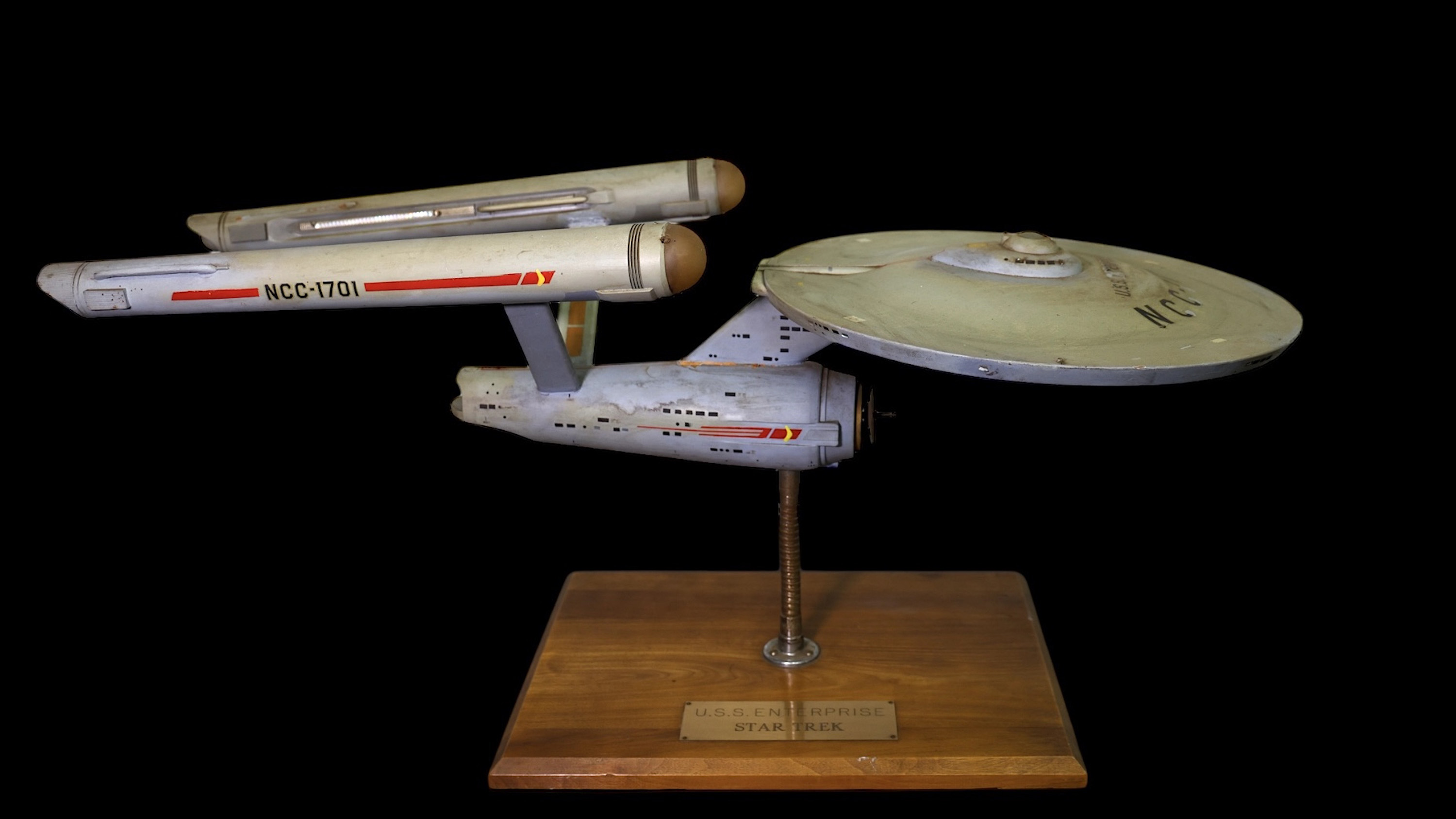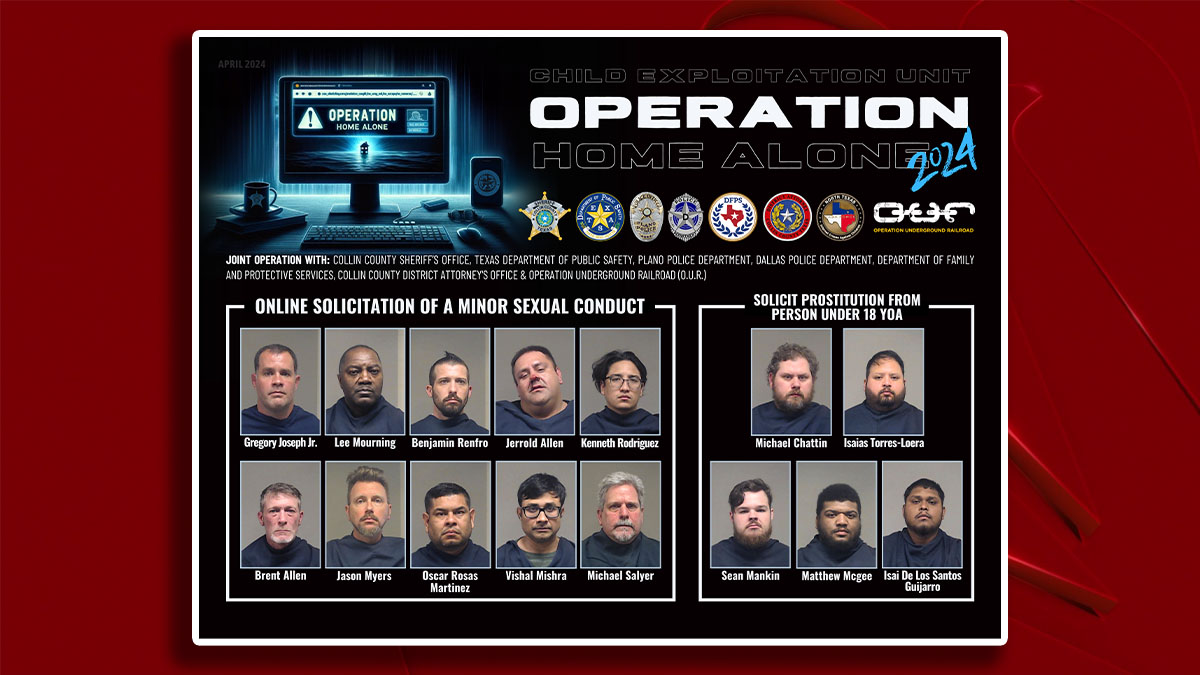In a new program reminiscent of Cold War fears, Dallas police are launching a regional radiological nuclear detection program.
On Wednesday, the City Council will be asked to accept $831,200 of equipment from the Domestic Nuclear Detection Office of the Department of Homeland Security.
Deputy Police Chief Brian Harvey said Dallas is working with federal officials to develop the program, which is already operating in other cities.
"It's a preventative program that involves law enforcement mapping low-level sources," he said.
Those sources might include medical and industrial equipment.
"So as law enforcement goes about its normal business and we can build these maps, then, over time, we can look for anomalies," Harvey said.
The Dallas-Fort Worth Metroplex is listed as a Tier 1 Urban Threat Area by the federal government. Other such areas already have similar programs, which may also combat terrorism.
Local
The latest news from around North Texas.
In the past, the possibility of nuclear attack was a reason for radiation monitoring.
A bunker now closed to the public beneath the Planetarium Building at the Fair Park Science Place Museum was once a bomb shelter where city officials would go underground to monitor radiation in the event of an attack.
Museum official John McKinney said the bunker was equipped with water and food to support the city officials.
"We laugh about it now, but back then, it was duck and curl," he said. "That's not going to help you very much now, but just the uncertainty of what was going on back then."
Built in the early '60s, the shelter was later replaced by a new emergency operations center at the current Dallas City Hall, which opened in 1978.
Harvey said radiation is still a public concern today, but for different reasons.
"It's still something that the law enforcement community needs to address," Harvey said.



